Is mushroom a vegetable? A mushroom can be a unique organism because it doesn’t have leaves, it doesn’t have flowers, so how is it classified?
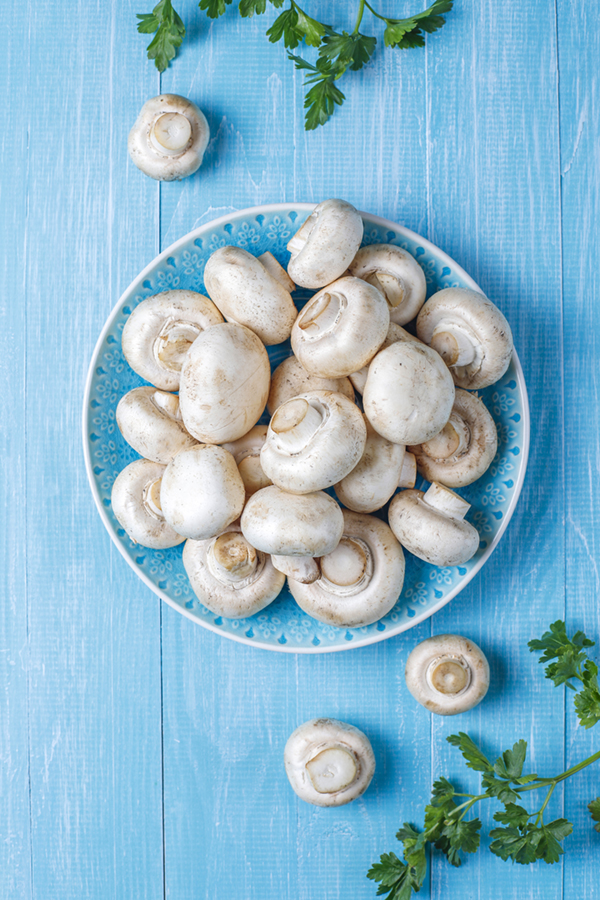
We’ll take a look at the details of how mushrooms are classified in scientific terms as well as culinary terms, where they fit on the food pyramid, and the characteristics of safe mushrooms for consumption.
Are Mushrooms Vegetables?
Before we draw a conclusion as to whether a mushroom is a vegetable, let’s take a look at the definitions of a vegetable, fruit, and fungi to help us determine the appropriate classification.
What Is Considered a Vegetable?
Plants such as broccoli, cauliflower, Brussels sprouts, and lettuce, to name a few are vegetables.
Vegetables are a portion of a plant that can be consumed by humans. We’ve included both a general definition and a scientific definition below.
What is the Definition of a Vegetable?
Generally speaking, a vegetable is the edible portion of a plant eaten as food by humans or animals. It can include leaves, stems, bulbs, flowers, tubers, and roots.
Scientifically speaking, a vegetable is a part of an herbaceous plant that is edible. An herbaceous plant is a non-woody plant as contrasted with a woody plant such as bush or a tree.
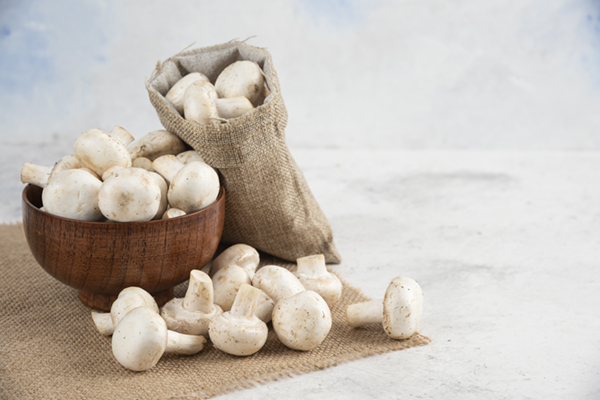
Are Mushrooms a Fruit?
Generally speaking, a fruit is defined as a generally sweet, fleshy product that grows on a bush, tree, or other plant and can be eaten raw.
Scientifically speaking, a fruit is the structure that includes seeds, it grows on a plant from the ovary after the plant flowers.
Fruits are how flowering plants distribute their seeds.
With these definitions in mind, we would conclude that a mushroom is not a fruit.
Not a Vegetable Nor a Fruit, What is a Mushroom?
At this point, we can conclude from a scientific perspective that a mushroom is neither a fruit nor a vegetable. So, what is it? Could a mushroom be a fungi?
What Is a Fungi?
A fungus is an organism or microorganism that are classified under Kingdom fungi.
These organisms feed off organic or decomposing matter. Fungi can include mushrooms, mold, and yeast.
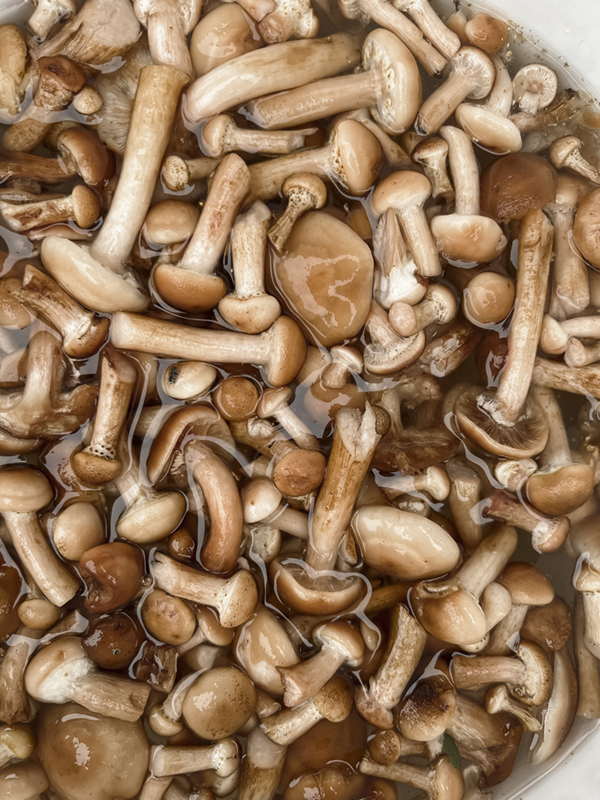
Mushrooms In Culinary Terms
Technically speaking, mushrooms aren’t vegetables, fruits, or meat according to scientific definitions.
However, when we’re working with mushrooms in the kitchen, we often refer to them as vegetables. And this is true for culinary terms as well.
What Are Kingdoms in Biology?
In biology a kingdom refers to a classification and rank. There are 5 categories of kindgoms that include animal, plant, fungi, protist, and monera.
Is Eating Mushrooms Good For You?
Yes, eating mushrooms can be beneficial for one’s health. They provide similar nutrient’s to one’s diet as vegetables do.
See our detailed descriptions below including the nutritional breakdown as well as the health benefits that can be obtained from eating mushrooms.
This is keeping in mind that the mushrooms being consumed are safe for consumption. Poisonous mushrooms of course, are not good for you.
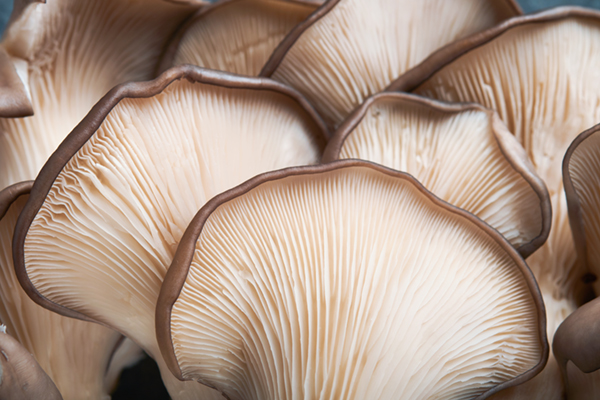
How To Add Mushrooms To Your Diet
Here are some of our popular recipes that include mushrooms. These are great for use any time for any occasion.
The Best Stuffed Mushrooms Cheesecake Factory Copycat
Mushroom Fennel and Parmesan Stuffing
Amazing Mushroom Bacon Swiss Burger
Growing Your Own Edible Mushrooms
Can you grow your own edible mushrooms? Absolutely. You’ll want to do the research to find out about proper soil conditions, watering, and how to get them started.
Edible mushrooms can be grown inside, outside, and in a greenhouse. Growing edible mushrooms can provide an ongoing fresh source of fungi that are readily available for eating.
What Kinds of Edible Mushrooms Are There?
Below is a list of the more popular edible mushroom varieties that can be found in the United States.
White Button mushrooms
Portobello mushrooms
Cremini mushrooms
Oyster mushrooms
Enoki mushrooms
Shiitake mushrooms
Porcini mushrooms
Morel mushrooms
Chanterelle mushrooms
Maitake mushrooms
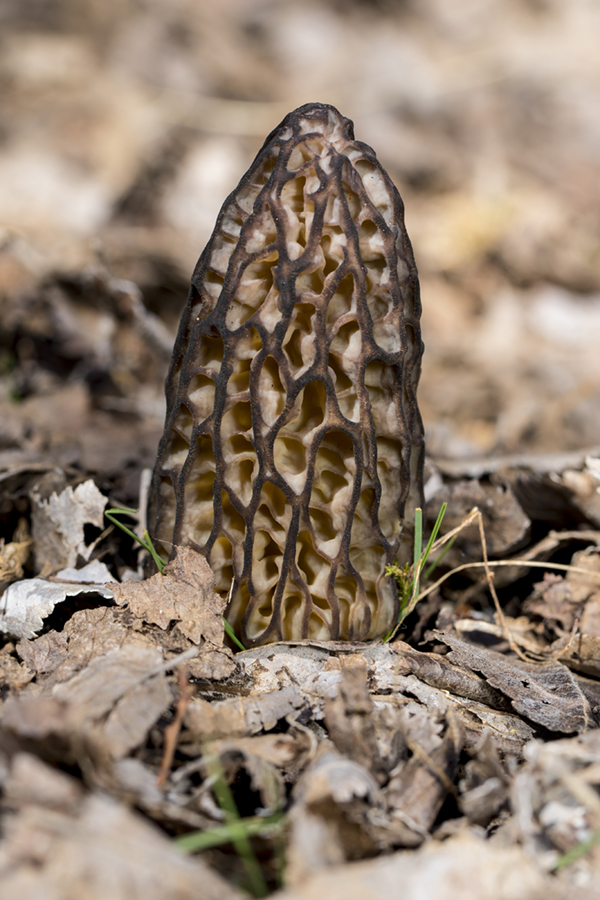
What is the Nutritional Value of Mushrooms
Are there any health benefits to eating mushrooms? Yes, they consist of beneficial nutrients such as riboflavin, niacin, pantothenic acid, potassium, selenium, and zinc.
Here is a description and combination of the elements:
Riboflavin
Riboflavin is present in mushrooms. One of the benefits of riboflavin is that it acts as an antioxidant.
Niacin
Niacin, found in mushrooms, helps keep body systems such as skin, digestive, and nervous systems healthy. Niacin is one of the nutritional benefits of consuming mushrooms.
Pantothenic Acid
Pantothenic acid, another name for B5, helps manufacture red blood cells in your body. This is another one of the benefits of eating mushrooms.
Potassium
Potassium in the body is found naturally in mushrooms. One of the benefits of potassium is to help maintain fluid in the body’s cells.
Selenium
Selenium is used by the human body to protect against infections and cell damage. Selenium can be consumed naturally through mushroom consumption.
Zinc
Zinc is known for support the body’s immune system. Mushrooms naturally include zinc and can be a good source for helping support a healthy immune system.
Can Mushrooms Be Considered Vegan Meat?
First let’s take a look at the aspect of whether mushrooms are vegan. To qualify as vegan a product has to consist of non-animal products.
And that is true with mushrooms. Since they are fully plants, mushrooms are considered vegan.
Second, let’s consider whether mushrooms are meat. And our definition of meat is the flesh of an animal that’s used as food.
Since mushrooms are not animals, they’re not technically meat. So we would conclude that mushrooms are not meat.
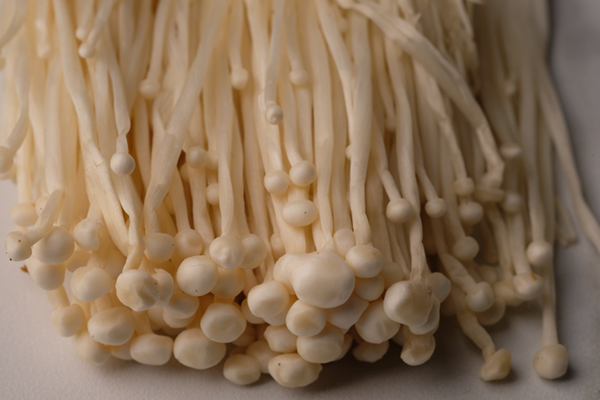
Are All Mushrooms Okay to Eat?
No, not all mushrooms are okay to eat. In fact, if you’re planning to eat mushrooms picked from the wild, you’ll want to do careful research to know that exactly what the mushroom is.
Many mushrooms can be poisonous and detrimental to your health if consumed.
Let’s take a look at some of the kinds of edible mushrooms as well as some of the characteristics of poisonous and inedible mushrooms.
Edible Mushrooms
To find edible mushrooms look for those that have gills that are brown or tan in color.
The cap of the mushroom should be white, tan, or brown in color.
Avoid mushrooms with scales on the cap.
Do not eat mushrooms unless you’re 100% sure they’re safe to eat.
Poisonous and Inedible Mushrooms
Look for mushrooms that have white gills. These are generally poisonous.
Inedible mushrooms usually have a red or bright color on the cap.
Mushrooms that are poisonous will have scales on the cap.
Look for a ring around the stem of the mushroom. Mushrooms with this characteristic are usually poisonous.
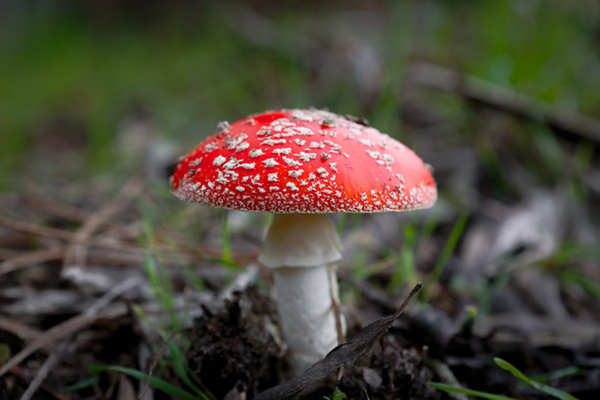
Are Mushrooms a Vegetable & Where Do They Fit on the Food Pyramid?
Mushrooms are technically not a vegetable, because there’s no plant matter involved, no sunlight required, and no seed produced. They are properly classified as fungi.
However, where do you suppose mushrooms fall on the food pyramid? Ironically, they are group with vegetables on the food pyramid.
Mycorrhizal Mushrooms
Mycorrhizal are an association between fungi and plant roots. They come in a number of forms, dependent on the host plant and the fungal taxonomy.
Parasitic Mushrooms
Parasitic fungi are fungi that invade a living host plant and use the nutrients from that plant as nourishment.
As a result, oftentimes the host plant is destroyed due to the parasitic fungi living off it.
Saprotrophic Mushrooms
Saprotrophic fungi have no leaves, stems or roots. Instead, they produce spores. They live on and decay dead organic matter that contain carbon from living organisms.
Are Mushrooms an Environmentally Friendly Food Option Compared to Vegetables?
Are mushrooms a sustainable food choice compared to vegetables? Yes, mushrooms are environmentally friendly because they usually grow on organic wastes.
They require a smaller amount of water and can be grown in a small area. Mushrooms also emit fewer CO2 emissions than growing vegetables do.
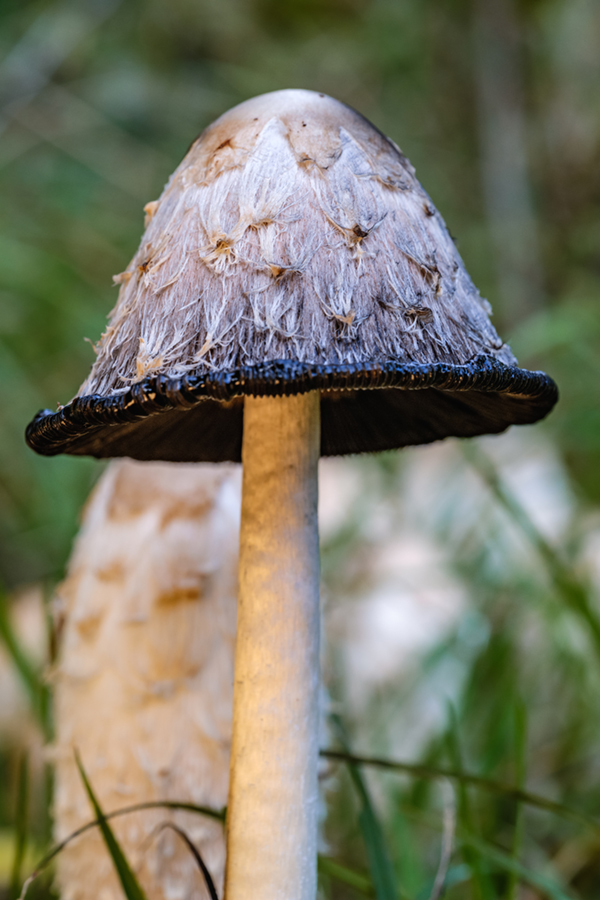
Are Mushrooms Legumes?
Mushrooms are not legumes. Legumes are classified as plants that grow seeds that we can eat, often coming in a pod like beans. Mushrooms aren’t harvested from plants and are not seeds.
Are Mushrooms Nutritious?
Yes, mushrooms are nutritious like many vegetables. The nutritional information for 1 cup of mushrooms is as follows:
Calories 15
Total Fat 0.2g
Saturated Fat 0g
Cholesterol 0mg
Sodium 4mg
Total Carbohydrate 2.3g
Dietary Fiber 0.7g
Total Sugars 1.2g
Protein 2.2g
Vitamin D 252mcg
Calcium 0mg
Iron 2mg
Potassium 223mg
Who Considers Mushrooms Vegetables?
Culinary professionals, along with the US Department of Agriculture, and others consider mushrooms to be vegetables because they provide a similar nutritional value to a diet as vegetables do.
Mushrooms are a good source of nutrients such as riboflavin, fiber, potassium, vitamin D, among others.
Why Mushrooms Are Not Vegetables
From a botanical and scientific perspective, mushrooms are fungi and not vegetables.
To qualify as a vegetable, scientifically speaking would require them to have leaves, roots, seeds, and the requirement of light to grow. So, they’re not technically vegetables.
Frequently Asked Questions
Following are frequently asked questions that relate to is mushroom a vegetable. If you have a question that’s not answered here, feel free to drop it to us in the comments box below and we’ll be happy to answer it.
What food category is a mushroom?
A mushroom is technically and botanically considered a fungi. For culinary purposes it’s considered a vegetable.
Is mushroom a healthy vegetable?
Yes, mushrooms are a low-calorie food that include important nutrients, antioxidants, fiber, and protein.
Is mushroom considered a meat?
No, the definition of meat is the flesh of an animal. And since mushrooms are not animals they can’t be considered meat.
Is mushroom a protein or carb?
Mushrooms include both protein and carbs. One cup of mushrooms contains about 2.2 grams of protein and approximately 2.3 grams of carbohydrates.
Save to Pinterest:

For more posts like this one, follow us on Pinterest, Facebook, Instagram and YouTube.
